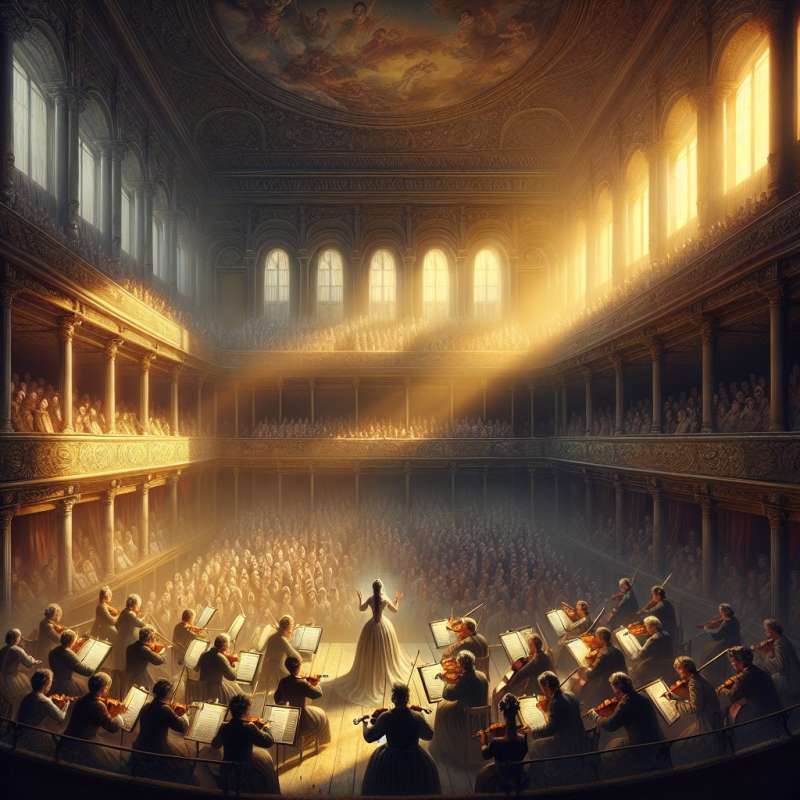
Origins of Aria and Recitative
The aria and recitative forms originated in 17th-century Italian opera. Recitatives communicated the plot, resembling speech, while arias expressed emotions through melodic embellishments.
Recitative: Speech-Like Singing
Recitatives use a free rhythm resembling natural speech to advance the story, often accompanied by a simple chordal instrument like a harpsichord.
Aria: Emotional Expression
Unlike recitatives, arias are lyrical pieces that showcase the singer’s vocal abilities and express characters' feelings, usually with more elaborate orchestration.
Two Types of Recitative
There are two types: 'secco', accompanied only by basso continuo, and 'accompagnato', with full orchestra support, heightening dramatic moments.
The Da Capo Aria
The 'da capo' aria was a baroque era staple, known for its ABA form, allowing singers to embellish the A section upon repetition, showcasing improvisational skill.
Evolution in Classical Opera
In the Classical period, composers like Mozart began to blur the lines between recitative and aria, creating more integrated and dramatic storytelling.
Transition to Through-Composed
By the 19th century, through-composed operas, with continuous music and no clear aria or recitative distinction, became more prevalent, as seen in Wagner's works.
What era did aria and recitative originate?
17th-century Italian opera
Classical period
19th-century Wagner operas
Company